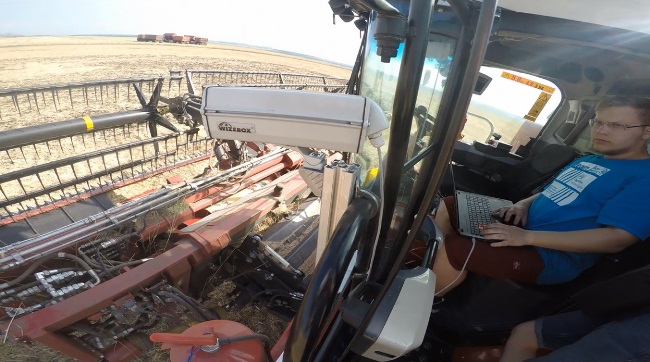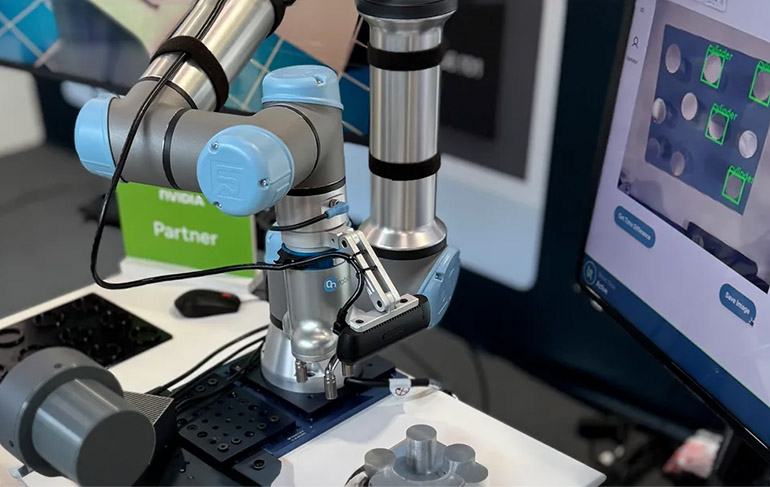Johnson & Johnson has announced promising results from a major study of its Monarch robot, which helps doctors examine the inside of patients' lungs and take tissue samples from hard-to-reach areas.
What the Study Found
The TARGET study looked at 679 patients across 21 medical centers in the United States, Canada, and Hong Kong. The results were impressive:
- The Monarch robot successfully reached small lung nodules in 98.7% of cases
- Doctors were able to get useful tissue samples 83.2% of the time
- The procedure was as safe as traditional methods that don't use robots
The study results were published in CHEST, a respected medical journal.
Why This Matters
Lung nodules are small growths in the lungs that can sometimes be early signs of cancer. Finding and testing these nodules early is crucial for successful treatment, but many are located in difficult-to-reach areas of the lungs.
"This can help raise awareness of robotic-assisted bronchoscopy as a safe, effective option," said Dr. Faisal Khan from Franciscan Health Indianapolis. He believes this technology could improve the standard of care for patients.
How the Monarch Robot Works
During a bronchoscopy procedure, doctors use a flexible tube with a camera to look inside the lungs. The Monarch robot makes this process more precise by helping doctors navigate to small, peripheral lung nodules that are hard to reach with traditional tools.
The robot allows for minimally invasive procedures, meaning smaller incisions and potentially faster recovery times for patients.
What Doctors Learned
The study also revealed factors that helped improve success rates. Patients with a history of chronic obstructive pulmonary disease (COPD) or emphysema, and those with a specific lung feature called a "bronchus sign," had higher rates of successful diagnosis.
Johnson & Johnson's Robot Plans
Monarch isn't the only medical robot Johnson & Johnson is developing. The company is also working on another robotic surgical system called OTTAVA, designed for general surgery procedures.
The FDA gave OTTAVA permission to begin clinical trials in late 2024, and the first test cases have already been completed. However, the OTTAVA project has faced some delays – the company pushed back its development timeline by about two years in 2021.
Dr. Ray Fryrear, a Johnson & Johnson executive, said the company is committed to advancing robotic-assisted bronchoscopy technology. "We are committed to evolving its potential to change the way clinicians diagnose and treat lung cancer," he stated.
The success of the Monarch robot study suggests that robotic assistance could become a standard part of lung cancer screening and diagnosis, potentially helping doctors catch the disease earlier when treatment is more effective.


















